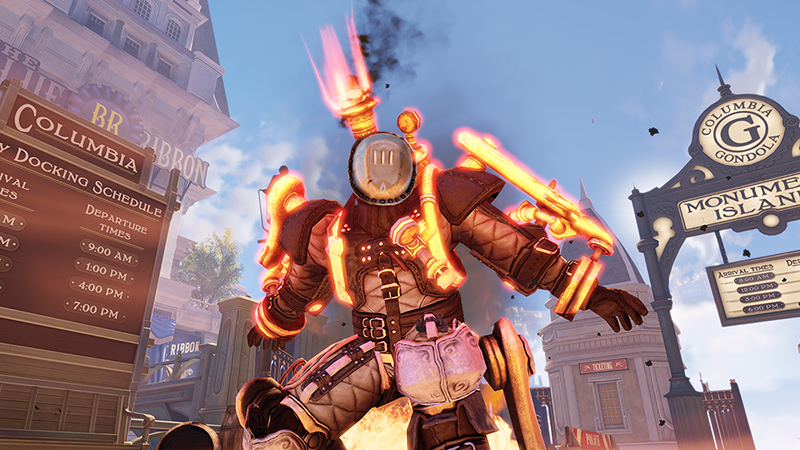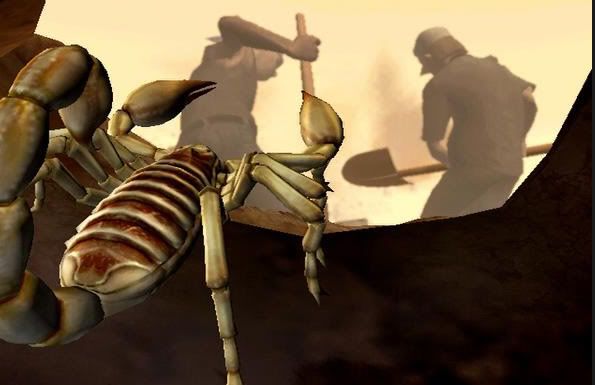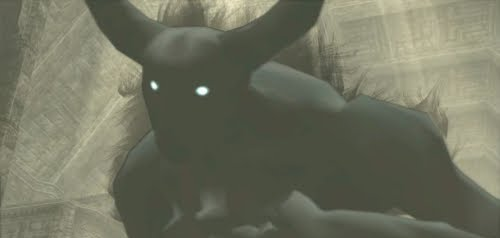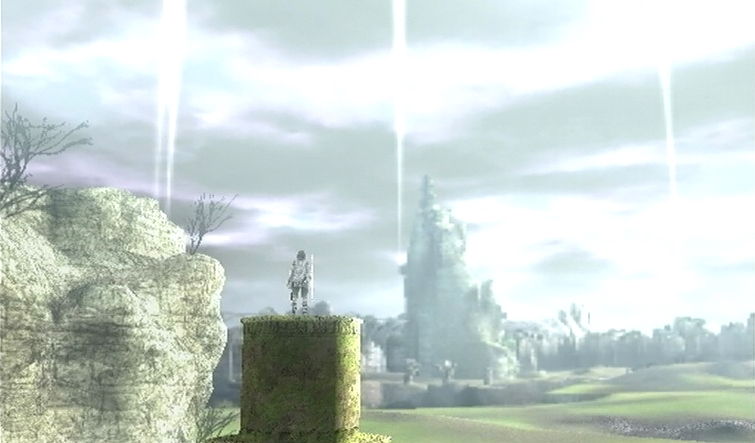What I got was... good. But a little disappointing. Don't get me wrong - I loved Far Cry 3. The open-ended combat and exploration was an absolute blast. But the story felt a little thin. And the sad thing is, a few simple design choices could have improved it tenfold:
1. Start the game with the Bangkok club sequence
The opening of Far Cry 3 is pretty jarring. Your only introduction to the characters is a ludicrously fast-paced "vacation memories" video, and then you're sent right into the action, escaping a pirate camp. Thus, when you rescue each friend, you're meeting them for the first time, and instead of empathizing with the reunion, the player feels out of place and confused. Moreover, seeing Grant get shot, Keith covered in wounds, and other things that should be shocking instead feel hollow, since you have no emotional attachment to these characters.
 |
| WHY DIDN'T THEY START THE GAME WITH THIS??? (Credit: gosunoob.com) |
2. Give Jason some sort of combat-oriented backstory
Despite all the cool moments in Far Cry 3's storyline, I could never shake the feeling of how unrealistic it all was. The entire premise is that a college frat boy who probably never fired a gun in his life becomes this monster of the jungle who shoots down vicious pirates and outguns trained mercenaries. I don't buy it.
One thing that would help immensely with the suspension of disbelief would be to give Jason some kind of combat-oriented backstory. An alumnus of the army cadets makes sense, but I think it would be even more appropriate if Jason was a hunter. Imagine the conversation he could have with Dennis:
Dennis: You ever fired a gun?
Jason: Oh yeah. I hunted deer back home.
Dennis: Well, if you want to save your friends... You will be hunting people.
And that could lead into some sort of training mission where Jason makes his first deliberate kill - and reacts to it. That would be a great bridge between having never shot anyone before and taking an entire outpost (albeit with Rakyat help).
3. MORE VAAS
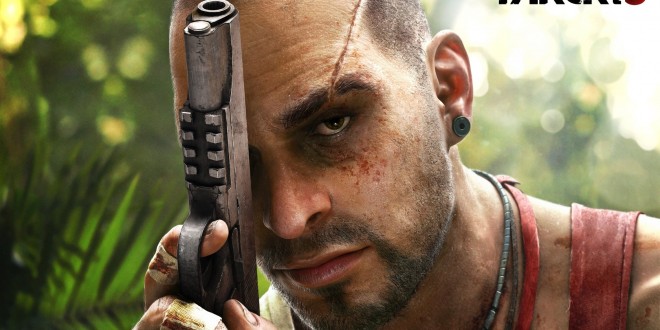 |
| I love this guy, |
"You said you're being attacked? Well, find the motherfucker and shoot him!!! I wanna see his motherfucking brains all over the road, okay? Can you do this for me?"
"One of my sister's warriors, huh? Let's see how a warrior takes a bullet through his noble fucking heart. Will he bleed? Oh yes. Will he cry? Oh no. Because one bullet and pop! Dead."
"Jason? Jaaaason? I know you can hear me. Get. The fuck. Off. My turf. You got that?"
There are numerous other ways Vaas could be incorporated. Imagine if you could see him leaving in a jeep right as you approach an outpost. Or you get to the top of a radio tower only to see a bomb with "Surprise, motherfucker" written on it. Little touches like these would make Vaas ever-present, making sure the story is never too far from the player's mind.




